Could grammar schools be about to make a comeback? That Theresa May went to one, and that the number of grammar-school-educated members of the cabinet has increased from three to eight since she took over, has fuelled speculation about a shift in education policy.
There are various forms this could take. The least politically difficult would be for Justine Greening, the new Education Secretary, to let England’s 164 grammar schools expand. Her predecessor, Nicky Morgan, approved an application by a selective girls’ school in Tonbridge to set up an annexe in Sevenoaks; it’s due to open next year. Greening could approve several more. The school in Sevenoaks has been described as England’s first new grammar in 50 years, but because it’s a branch of an older school it doesn’t run afoul of the 1998 School Standards and Frameworks Act, which prohibited the creation of any more selective schools. If May and her Education Secretary want more grammar-school places, this would be the easiest way to get them.
Alternatively, they could bite the bullet and introduce a new education bill. Could a Conservative government with a majority of 12 get that through Parliament? I’m not sure. One of Margaret Thatcher’s greatest regrets was that she didn’t save more grammar schools as education secretary from 1970 to 1974, but that wasn’t due to a lack of nerve on her part. Rather, it was because fighting a rear-guard action to preserve Britain’s two-tier public education system wasn’t regarded as a vote-winner by Conservatives at the time. An NOP poll in 1965 showed that half of Tory voters were in favour of comprehensives, partly due to fears that their own children wouldn’t get into selective schools. In a paper submitted to the shadow cabinet in the late 1960s, Edward Boyle wrote: ‘Far more Tories than we always realise have been genuinely worried about the implications of 11-plus selection for their children.’ Who’s to say those fears wouldn’t resurface if May tried to bring back grammars?
The argument that selective schools provide opportunities for bright working-class children certainly resonates with a lot of Tories. But the difficulty is that few of the pupils at England’s remaining grammars are from low-income families. Less than 3 per cent of entrants are entitled to free school meals, compared with a national average of 15 per cent, and a whopping 13 per cent of entrants come from outside the state sector, mainly prep schools. It would be ironic if an attempt to boost social mobility ended up saving middle-class parents money.
One way round this has been suggested by James O’Shaughnessy, David Cameron’s former policy director. Why not create a new generation of ‘super-grammars’ that only admit very bright children from disadvantaged backgrounds? I quite like that idea, and middle-class Tory voters would be less likely to object on the grounds that they might not get their children into them. They’d have no chance, obviously (too rich), but then neither would their friends, which would take some of the sting away. It would also go some way towards addressing the problem of underachievement among bright working-class children.
The problem is that disadvantaged children who didn’t qualify for places at the ‘super-grammars’ would probably have even fewer opportunities than at present. The bog–standard comprehensives available to them would attract fewer good teachers and, because they had fewer bright children, their exam results would plummet. If Theresa May wants to help white working-class boys, this wouldn’t be the way to do it.
A more attractive alternative, I think, would be to let schools designated ‘outstanding’ by Ofsted set aside up to 25 per cent of their places for children of exceptional ability, provided they reserved the same percentage of places for children on free school meals. This would allow a degree of selection without the disadvantages of creating fully fledged new grammar schools. Among other virtues, it would address the problem that high-performing comprehensives admit less than half the average number of children on free school meals, but without the negative impact on neighbouring non-selective schools that ‘super-grammars’ would have. (You could call these partially selective schools ‘comprehensive grammars’.) Such schools would still require an education bill, but it might have a greater chance of being passed.
The post The best way to bring back grammar schools appeared first on The Spectator.
Got something to add? Join the discussion and comment below.
Get 10 issues for just $10
Subscribe to The Spectator Australia today for the next 10 magazine issues, plus full online access, for just $10.
You might disagree with half of it, but you’ll enjoy reading all of it. Try your first month for free, then just $2 a week for the remainder of your first year.


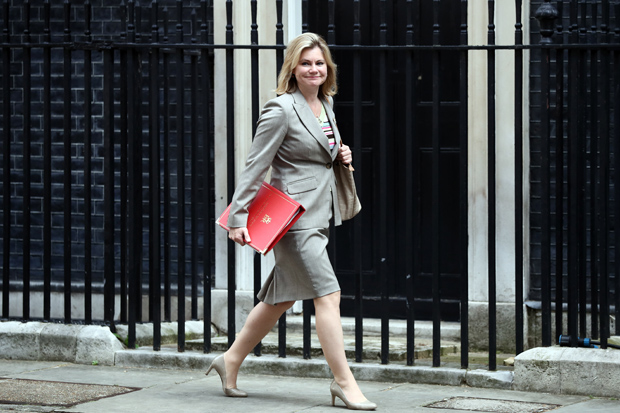
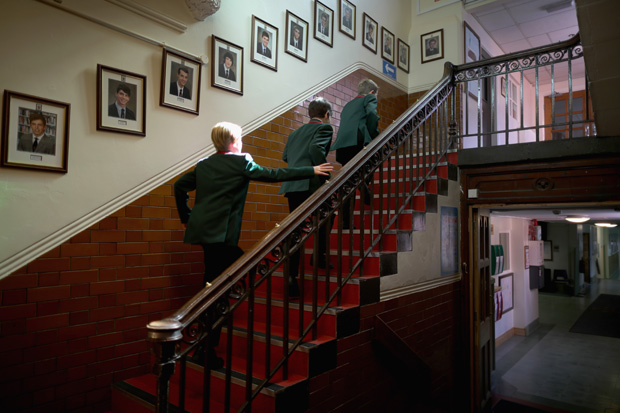
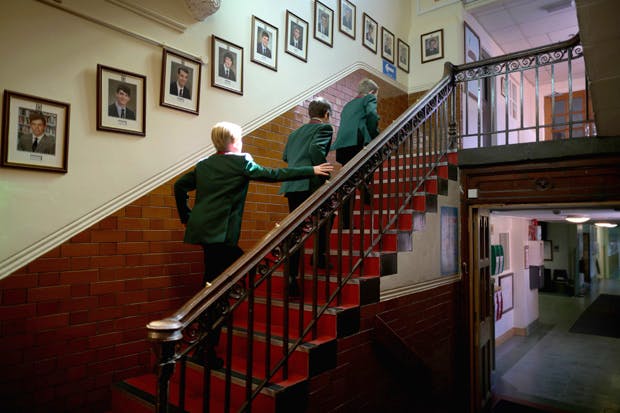

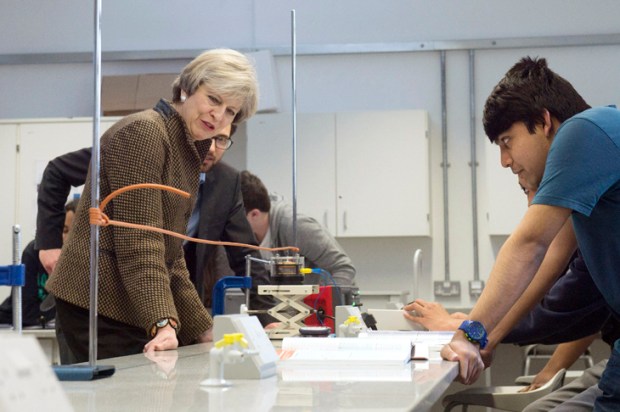
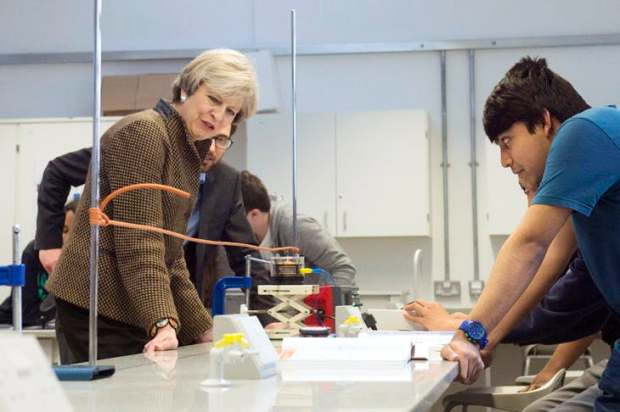






Comments
Don't miss out
Join the conversation with other Spectator Australia readers. Subscribe to leave a comment.
SUBSCRIBEAlready a subscriber? Log in